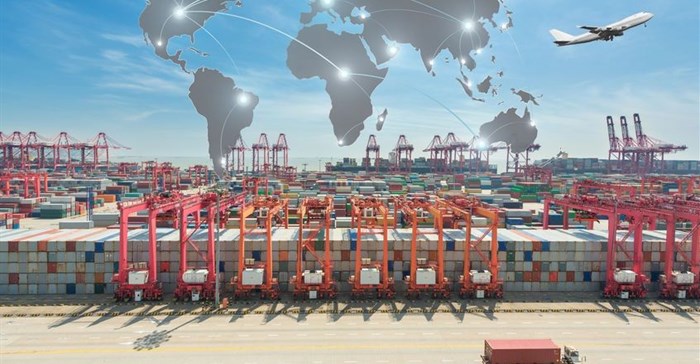
Top stories



SATIPP is a joint programme launched by the African Export-Import Bank (Afreximbank) and the Export Credit Insurance Corporation of South Africa (ECIC). The two organisations signed a cooperation agreement in March this year and SATIPP is being launched under this arrangement.
Speaking at the launch, deputy director general of Trade and Invest South Africa at the dti, Lerato Mataboge, said that SATIPP will contribute to the realisation of intra-Africa trade by proving the necessary trade financing to stimulate increased sourcing of goods from the rest of Africa into the South African market, whilst supporting South African exports and investments to more regions in the African continent.
“Our aim as a government is to increase the levels of South African investments in the rest of the continent through targeted support measures using the recently launched Trade Invest Africa (TIA) and Guidelines to Good Business Practice for Doing Business in Africa. With respect to South Africa itself, we have targeted $100 billion of investments to be reached in the next five years and we want to ensure a sizable amount of investments into South Africa that are of African origin,” said Mataboge.
Market integration
Mataboge highlighted that market integration, infrastructure development and industrialisation are a must for us to achieve intra-Africa trade and investment. She said that the only way to realise the Africa Rising narrative is by pursuing an agenda of fully integrating the African continent.
“We have adopted a ‘development integration approach’ that insists that the integration of our continent rest on three pillars, namely, market integration, infrastructure development and industrialisation.
“Our view is that the removal of tariffs and trade barriers to entry between our countries is important, however without the requisite logistical infrastructure to move goods amongst ourselves, and without regional value-chains, we will not increase the levels of intra-Africa trade and investment,” said Mataboge.
She added that without the requisite levels of industrialisation and manufacturing capabilities, the continent will continue to trade in low value added commodities. Mataboge reckoned that the development integration approach needed to remain at the centre of future growth plans as a continent and as trading partners.
Cooperation
“There is an urgent need for all African countries to work closely together in addressing the challenges of fragmented markets, under-developed production structures, and inadequate economic diversification. There is a strong need to shift from the current growth path that is based on mainly mining and agricultural commodity exports onto a more sustainable industrial development path that takes into account the digital and technological revolution,” indicated Mataboge.
Furthermore, the South African government has adopted an outward investment-led trade approach towards the rest of the continent as a way of ensuring mutually beneficial economic relationships with partner countries on the continent.

APO is the sole press release wire in Africa, and the global leader in media relations related to Africa. With headquarters in Dakar, Senegal, APO owns a media database of over 150,000 contacts and the main Africa-related news online community.
Go to: www.bizcommunity.com/PressOffice.aspx?cn=apogroup